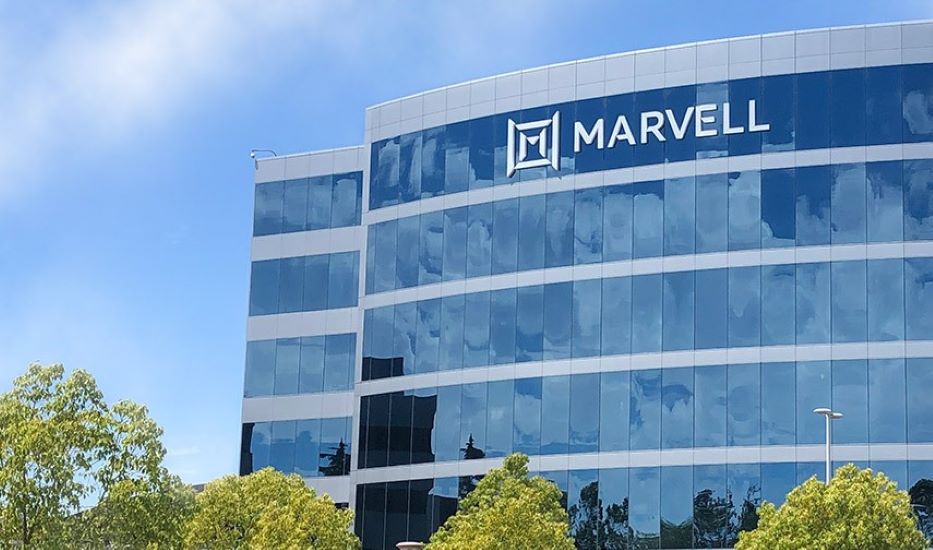
The News: Marvell introduced its Alaska A PAM4 DSP family for Active Electrical Cables (AECs), 400G/800G AEC DSPs developed to address emerging 100G/lane adoption in cloud data center interconnect architectures. Artificial intelligence (AI), machine learning (ML) and networking applications are driving greater bandwidth requirements, resulting in the need for cloud-optimized interconnect solutions that deliver the required reach at lowest power and latency. The new Alaska A family, fabricated in 6nm process, leverages Marvell’s PAM4 DSP technology, and potentially the speed and power advantages of a new generation process node. The Alaska A PAM4 DSP family is designed to enable cable manufacturers to optimize their interconnect portfolios with AEC offerings to meet the needs of different data center customers. Read the Marvell Press Release here.
OFC 2022: Marvell Adds Unique Touch to New Cloud-Optimized 400G/800G PAM4 DSPs
Analyst Take: Marvell is adroitly using OFC 2022 to promote the expansion of its cloud-optimized portfolio. In particular, the new Alaska A DSPs broadens Marvell’s lineup of high-speed transceivers, including line card retimers, gearboxes, and MACsec PHYs supporting up to 800G rates, as well as active optical cable (AOC) interconnect solutions. The new offering targets the unique demands of each cloud customer such as architectures, speeds, security, and distances.
As data center customers increasingly require 100G/lane-based products to meet escalating bandwidth demands, I see AECs as becoming integral to assuring short interconnects which passive direct attach cables (DACs) have handled. I expect that Marvell’s extensive PAM4 SerDes portfolio expertise and heritage can accelerate AEC interconnect adoption.
The rapid expansion of cloud data center interconnects, throughout short distance (<10 m) applications such as AI/ML accelerators to Top of Rack (ToR) switches, AI/ML clusters, ToR switches to ToR switches, Smart NICs to ToR switches, and intra-switching (CLOS) warrant the development of Marvell’s serial 100G short-range interconnect solutions. I see greater adoption of AI/ML clusters and Smart NICs as leading the way to requiring 100G serial interconnects inside data centers. The enlistment of top-tier cable suppliers Amphenol, Luxshare,, TE Connectivity, Molex, and Volex as well as Celestica I expect will catalyze Marvell’s ability to address a wider range of data center interconnectivity opportunities and accelerate adoption.
Key Takeaways on Marvell’s Cloud-Optimized 400G/800G PAM4 DSPs Debut
I anticipate that the value of emerging distributed disaggregated chassis (DDC) architectures can increase through serial 100G interconnect capabilities by boosting capacity and scalability while lowering total cost of ownership (TCO). This becomes increasingly valid as legacy DAC technology cannot simply fulfill new reach and cable thickness requirements. I see additional features such as 112G, 50G PAM4, & 50G/25G NRZ support, >40dB loss compensation, Auto Negotiation and Link Training (ANLT), and pervasive diagnostics and debug capabilities as broadening the appeal of the Marvell Alaska A offering.
I believe that the Alaska A PAM4 DSP family for AECs can play a key role in powering the transition from DACs to cloud-optimized AEC interconnect, enabling Marvell to further broaden its addressable market and help sustain its transition a diverse technology partner for customers.
Disclosure: Futurum Research is a research and advisory firm that engages or has engaged in research, analysis, and advisory services with many technology companies, including those mentioned in this article. The author does not hold any equity positions with any company mentioned in this article.
Other insights from Futurum Research:
MWC 2022: Dell Intros New Open Telco Solutions and Works with Marvell to Spur Open RAN
Examining Marvell’s Key Role in Advancing O-RAN Innovation – Futurum Tech Webcast Interview Series
Image Credit: Marvell
The original version of this article was first published on Futurum Research.
Ron is an experienced research expert and analyst, with over 20 years of experience in the digital and IT transformation markets. He is a recognized authority at tracking the evolution of and identifying the key disruptive trends within the service enablement ecosystem, including software and services, infrastructure, 5G/IoT, AI/analytics, security, cloud computing, revenue management, and regulatory issues.


